
A 53g Fishing Rod: A Rodbuilding Achievement
A 53g Fishing Rod: A Rodbuilding Achievement
It is often said that the only limit for a rodbuilder is their imagination, and it is in this context that challenges and extraordinary fishing rods are born—or sometimes abandoned. While some projects focus on aesthetic feats or innovative materials, others push technical boundaries. It was with this mindset, alongside well-defined intentions and objectives, that Stéphane Montailler achieved the incredible feat of assembling a rod weighing just under 50g!

How Did You Get into Rodbuilding, and What Is Your Vision for This Craft?
Stéphane M.: I got into rodbuilding because I wanted to create a tool for zander fishing. It all started with a 62MX! I went to the Nantes Sea Fishing Expo looking for a rod with a very specific action. That’s when I came across the “Rodhouse” booth and met Fred, who handed me a 62MX...
We started talking, and I told him, “Go ahead, show me how to build a rod!” That’s how my rodbuilding adventure began.
Right away, I realized the technical potential that rodbuilding could offer. I see it as a way to create a custom tool—each rod I build is designed for a specific purpose, tailored to my needs, my knowledge, and the best components available at the time. I still have the 62MX I built 14 years ago!
I’m a rodbuilder who focuses on high-performance rods, not decorative pieces—although I know how to build those too.

Tell Us About This 53g Rod You Built!
Stéphane M.: The base is a Rainshadow IMMWS 62L, a 6.2-foot light rod designed for perch fishing. I had already built this rod before I even started fishing from a boat, mainly for Chubby and spintail fishing. I needed a fun blank to enjoy catching small fish.
I actually built this 62L three times! The first version was simple since it was only my second rod. Today, I have refined it to achieve an astonishing weight of just 53g.

What Inspired You to Take on This Challenge?
Stéphane M.: The blank itself is already lightweight, but I wanted to push it to its limits and make it as light as possible for maximum enjoyment.
In its first version, the rod weighed 70g with no modifications and standard grips. It performed well, but I knew there was room for improvement!
The main optimization was switching from an Alconite guide train to a Torzite one to increase speed when fishing with small soft baits. That was the starting point of the project. I refined the build once, then again, pushing further until the challenge became clear—how far could I go?

What Steps Did You Take to Achieve This Weight?
Stéphane M.: You don’t just hit 53g by chance!
The first step was optimizing everything. I sanded the blank using the back of a cutter blade, then finished it with 1000-grit sandpaper and water.
Next, component selection: I chose the lightest reel seat available, the Fuji DPS size 16. One assembly trick was gluing only 1.5 cm of shim at each end of the reel seat, creating a resonance cavity that enhances sensitivity. This echoes modern rod technologies, including XO handles. The reel seat threading was cut precisely to match the Stradic CI4 1000 reel.
I paid special attention to gluing—excess glue adds unnecessary weight! My process: I glued the lower shim to the blank, then slid the reel seat over it while ensuring just enough glue was used. Excess glue was cleaned immediately.
Sanding the blank alone removes 3-4g. When building rods for friends, I skip sanding and still get them to 57g. To reach 53g, I had to push every detail! This build process is fully mastered, with proven effectiveness.
For the grips, I used minimal EVA pieces, avoiding unnecessary cuts. The butt section has no metal, just EVA from Rodhouse and a tiny aluminum ring that weighs almost nothing. Again, glue was applied sparingly to optimize weight!

What Were the Biggest Challenges?
Stéphane M.: There weren’t major difficulties, just meticulous work! Sanding requires patience, but otherwise, it’s about carefully planning every step, selecting the right components, and being precise.
Normally, I can assemble a rod in a day. But when weight optimization is the goal, every step must be anticipated. I perform multiple dry fits before gluing to ensure everything is positioned correctly with no excess material.

How Does It Perform in Fishing?
Stéphane M.: This rod is incredible—53g in hand is insane!
The blank is fantastic, with excellent resonance and a regular-fast action that suits both finesse and crankbait fishing. It flexes beautifully, preventing perch from shaking free.
Despite its weight, it handles big fish well. I’ve landed perch over 40cm, one reaching 47cm, and even a 70cm zander!
Have You Built Other Rods Like This?
Stéphane M.: Not in terms of weight reduction, but I always focus on performance. Every detail and balance point matters, especially for finesse fishing.
I’m currently refining past builds, correcting mistakes like overly long grips. My next project is a 724 rod, already tested by friends, featuring a Torzite guide train and Alps reel seat.
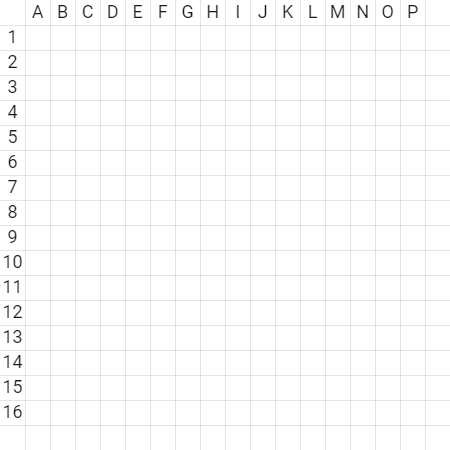

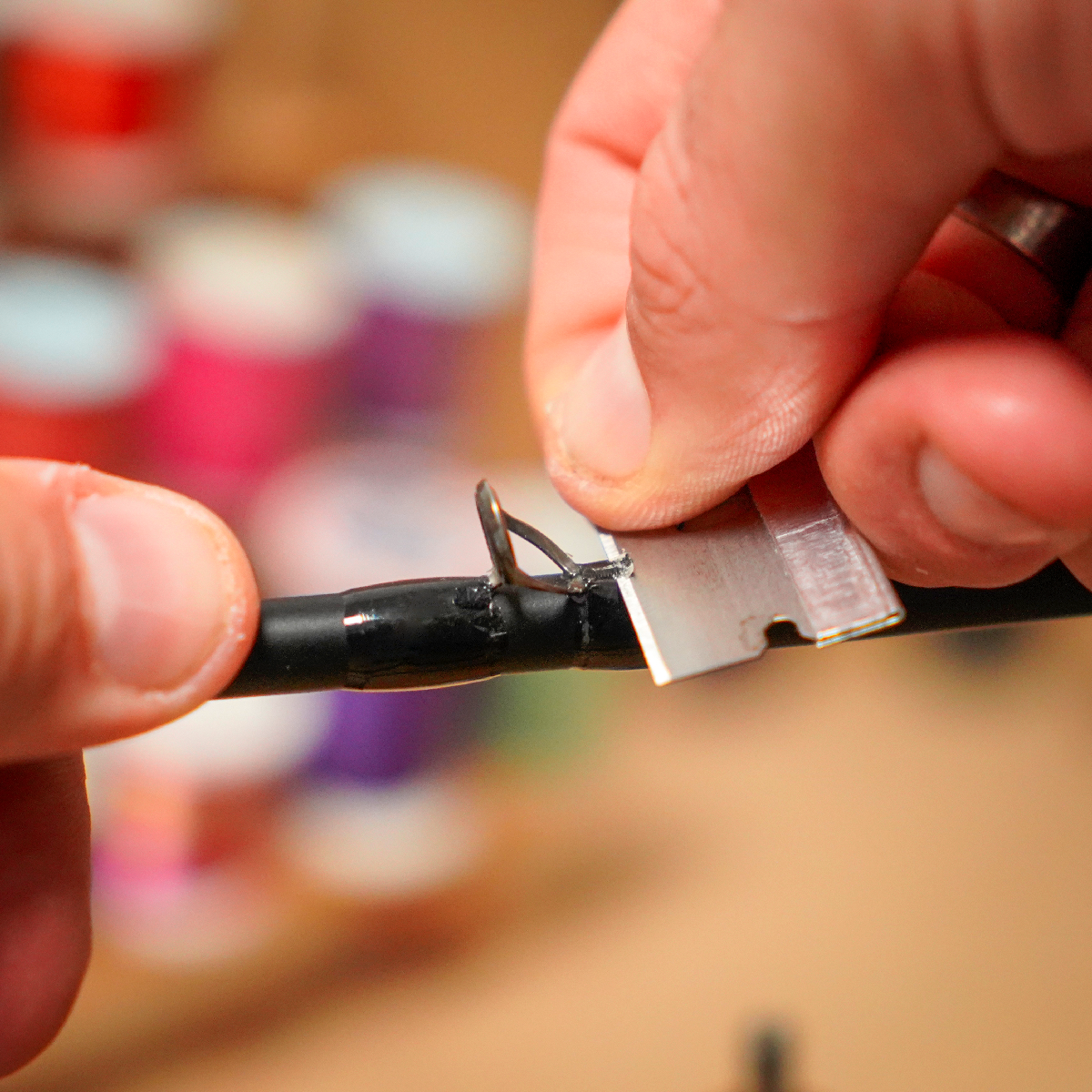
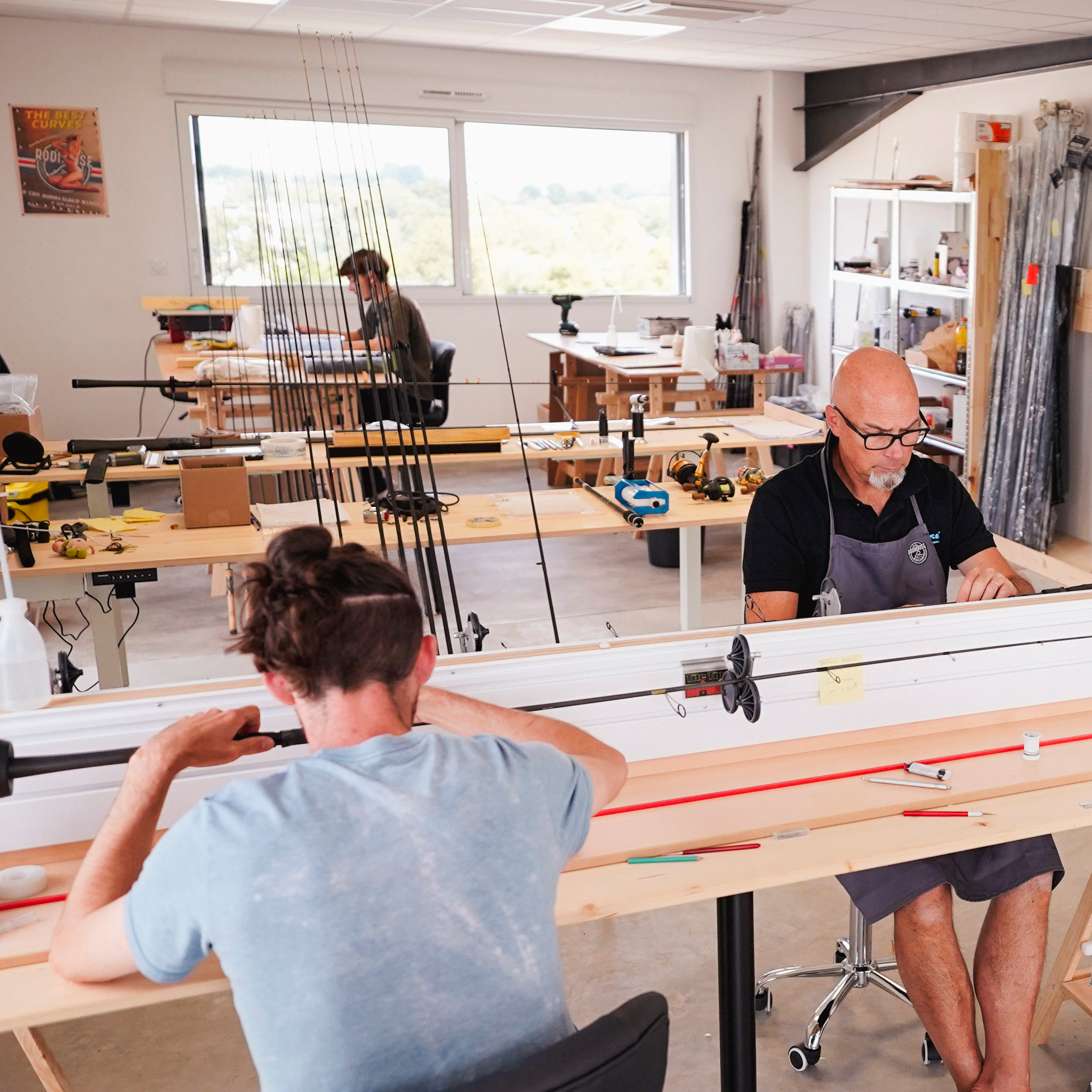
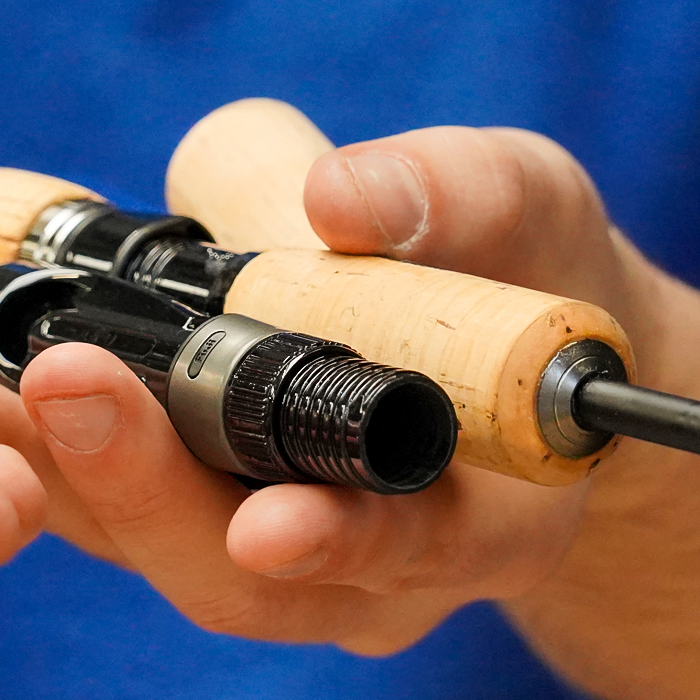
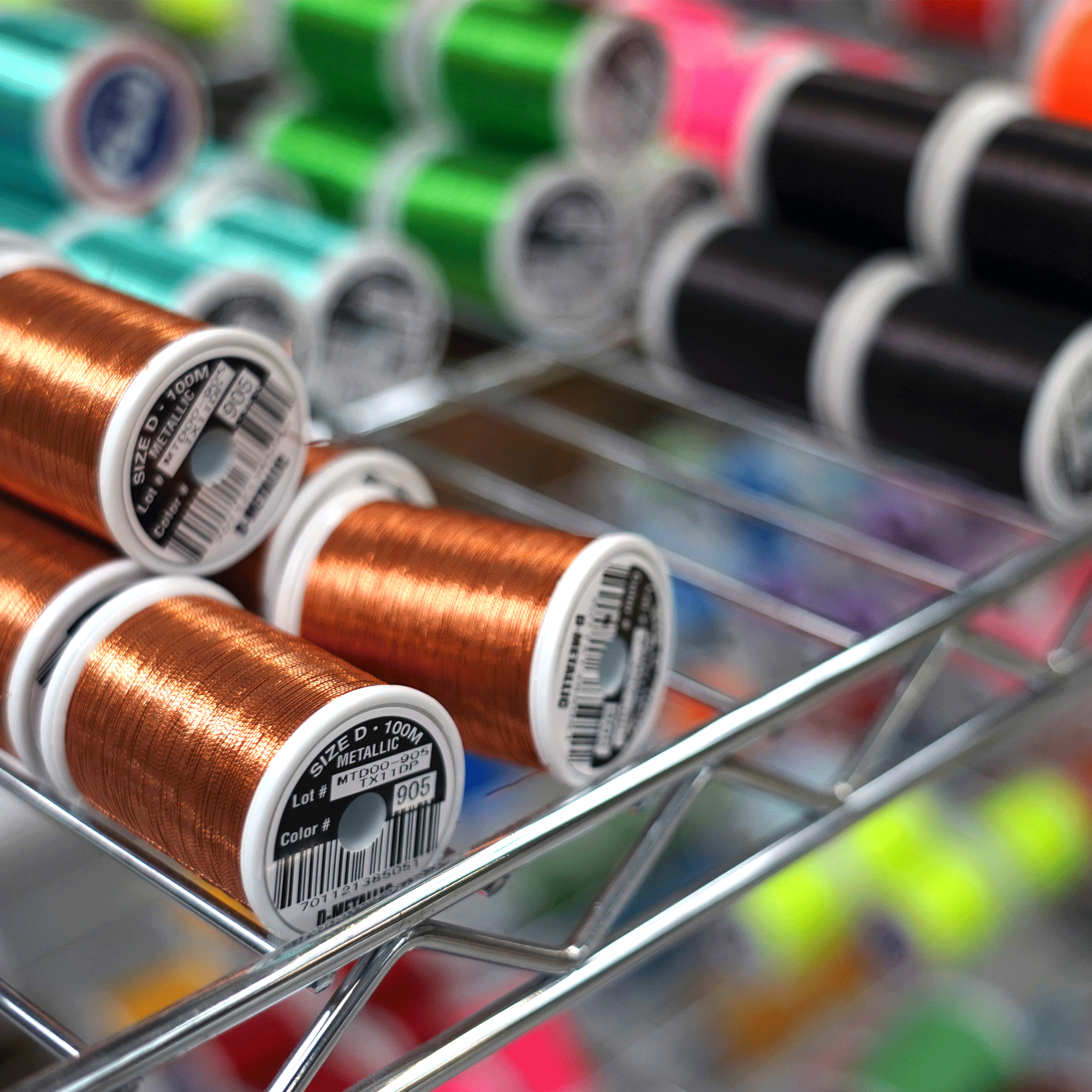
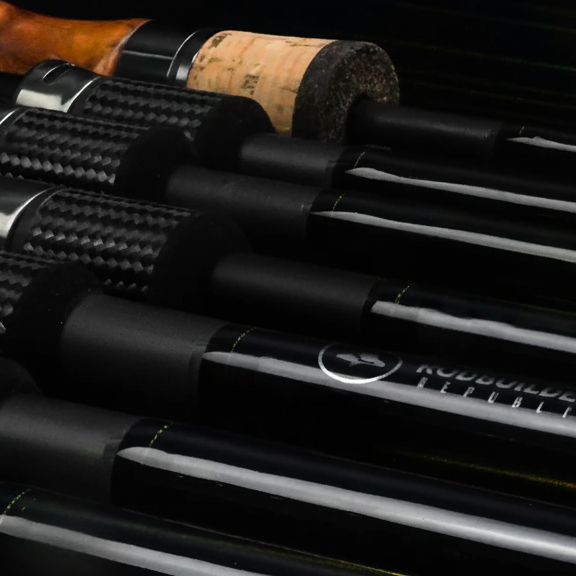
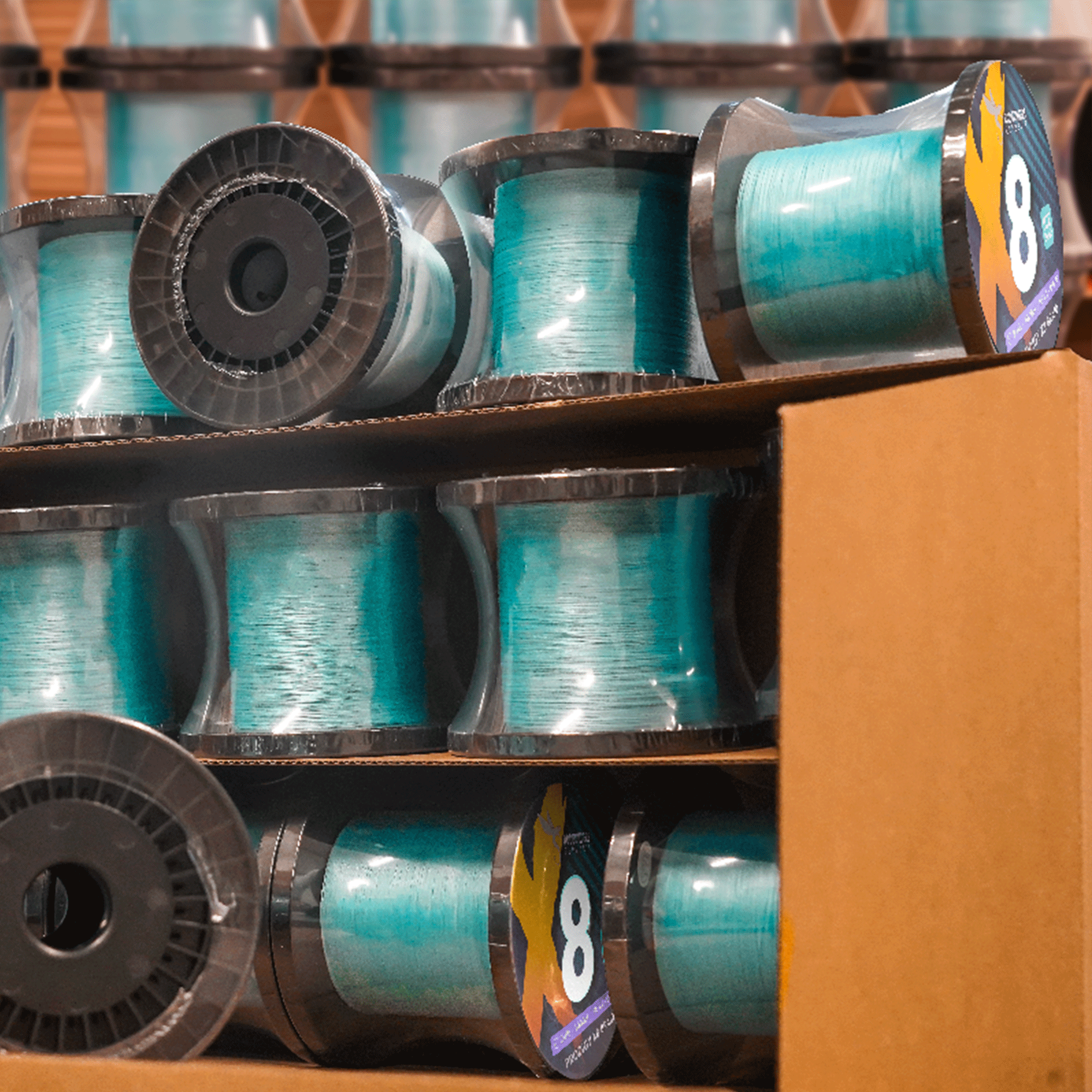
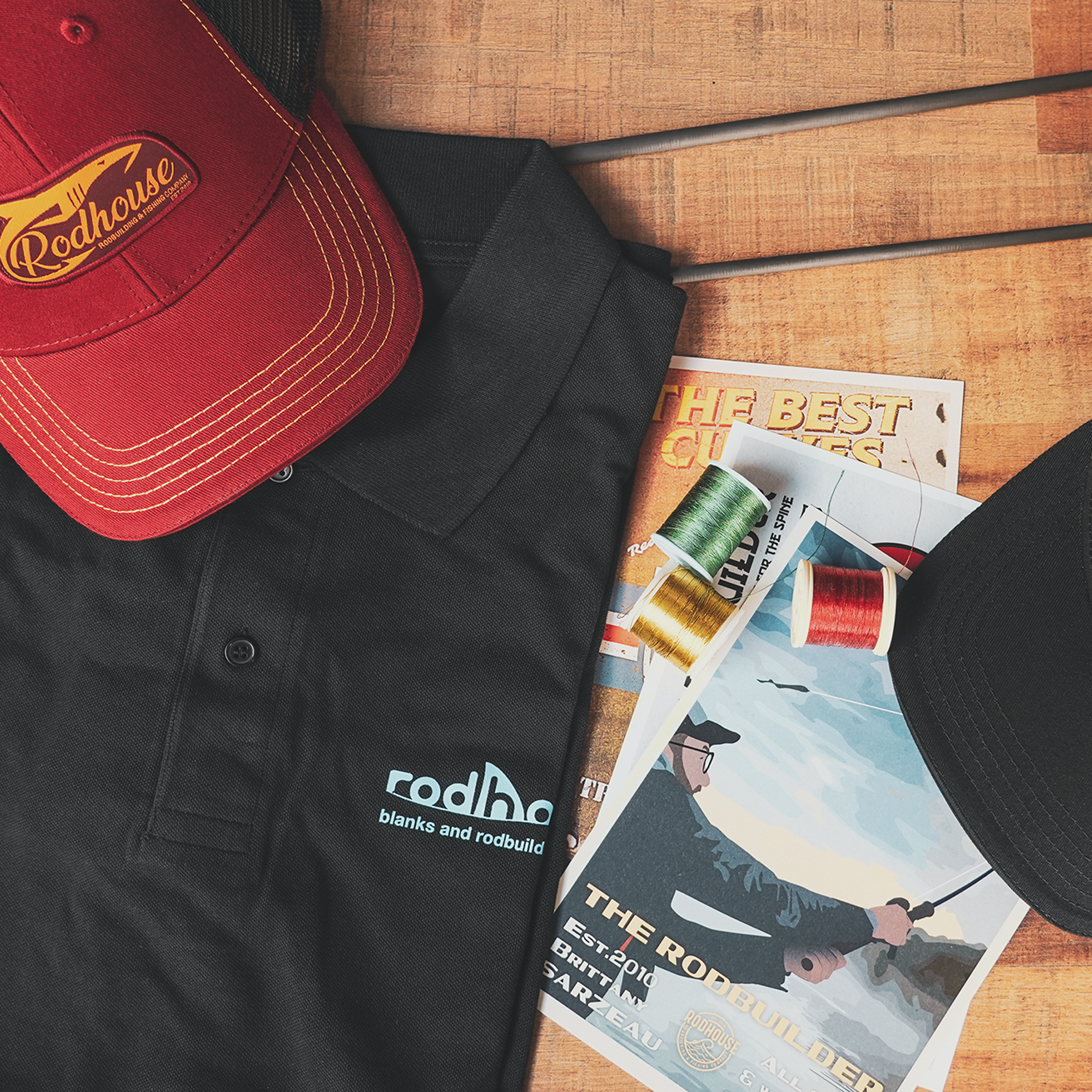
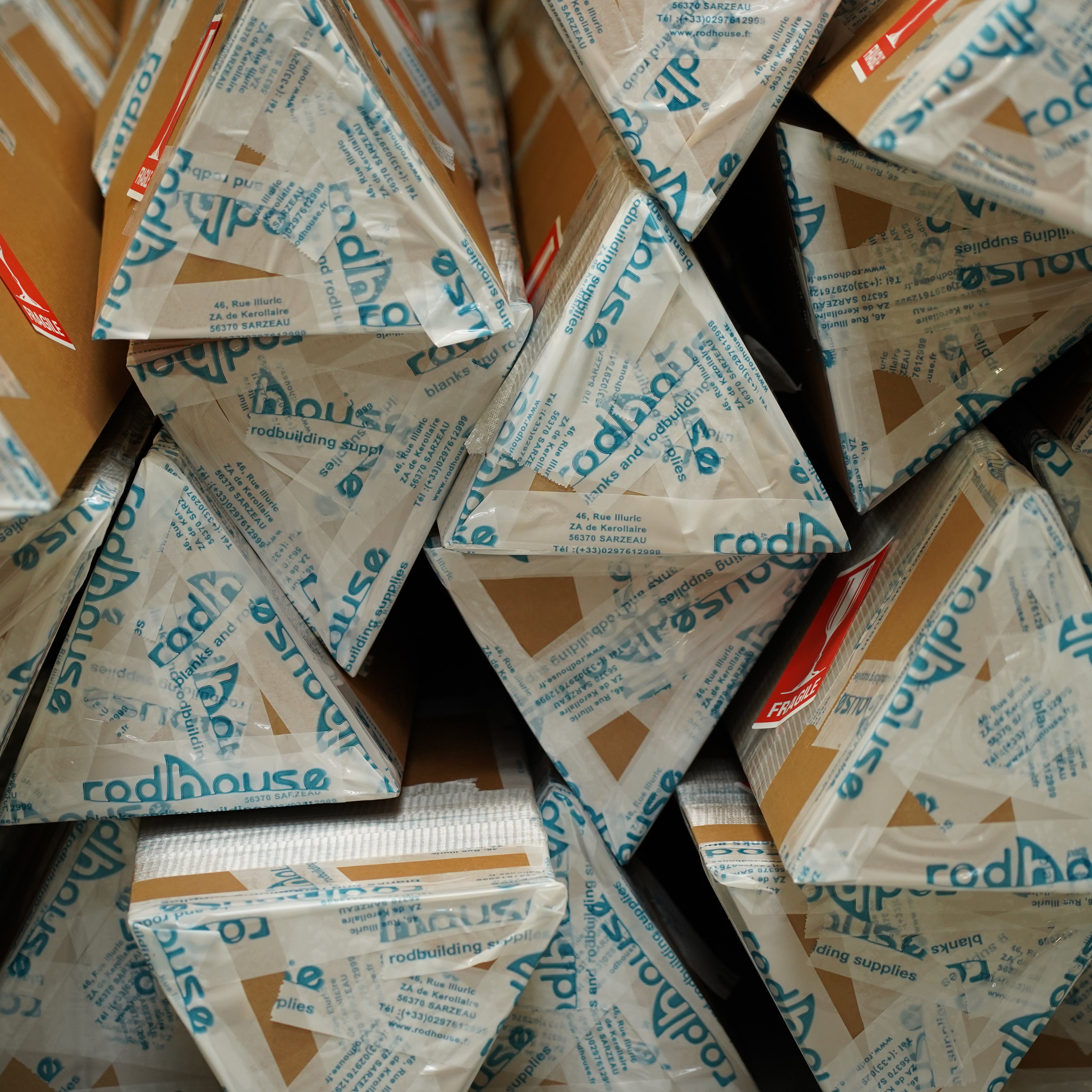
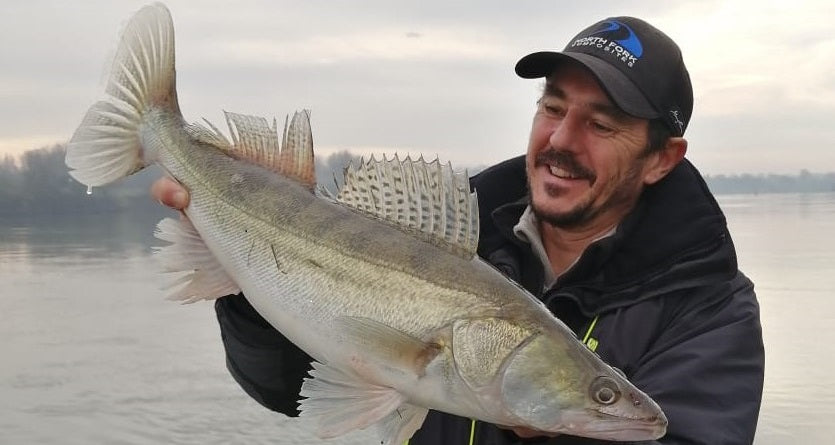
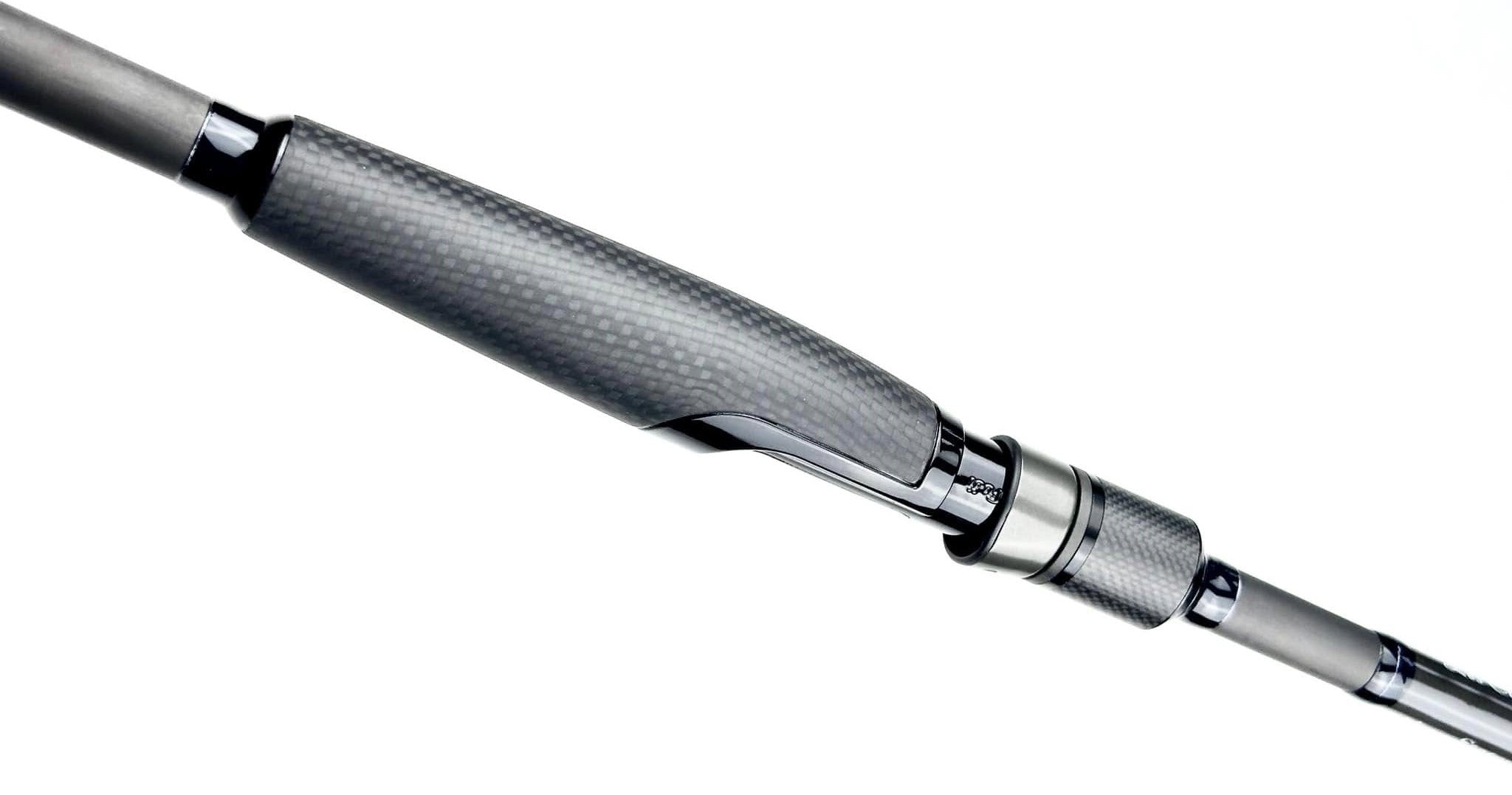
Leave a comment
All comments are moderated before being published.
This site is protected by hCaptcha and the hCaptcha Privacy Policy and Terms of Service apply.